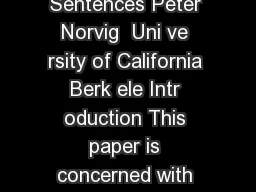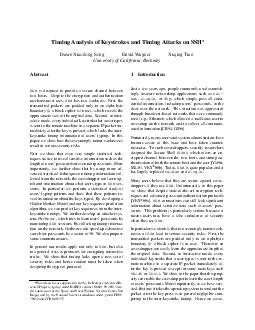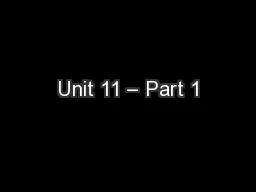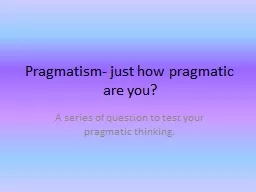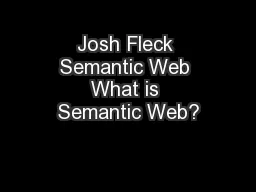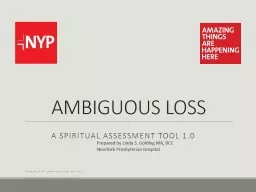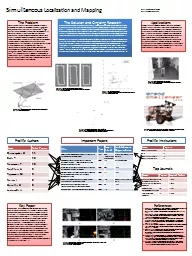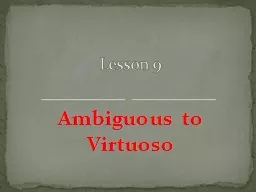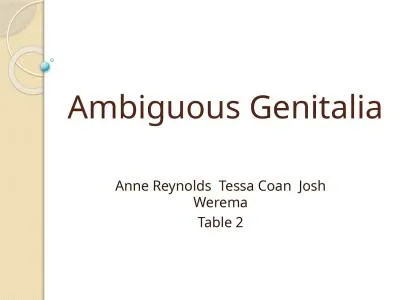PDF-Multiple Simultaneous Inter pr etations of Ambiguous Sentences Peter Norvig Uni ve rsity
Author : natalia-silvester | Published Date : 2015-02-01
We s tart by of fering a simple yet commonly adopted interpretation strate gy Strategy 1 Apply syntactic rules to the sentence to deri ve a s et of parse trees Ne
Presentation Embed Code
Download Presentation
Download Presentation The PPT/PDF document "Multiple Simultaneous Inter pr etations ..." is the property of its rightful owner. Permission is granted to download and print the materials on this website for personal, non-commercial use only, and to display it on your personal computer provided you do not modify the materials and that you retain all copyright notices contained in the materials. By downloading content from our website, you accept the terms of this agreement.
Multiple Simultaneous Inter pr etations of Ambiguous Sentences Peter Norvig Uni ve rsity: Transcript
Download Rules Of Document
"Multiple Simultaneous Inter pr etations of Ambiguous Sentences Peter Norvig Uni ve rsity"The content belongs to its owner. You may download and print it for personal use, without modification, and keep all copyright notices. By downloading, you agree to these terms.
Related Documents

